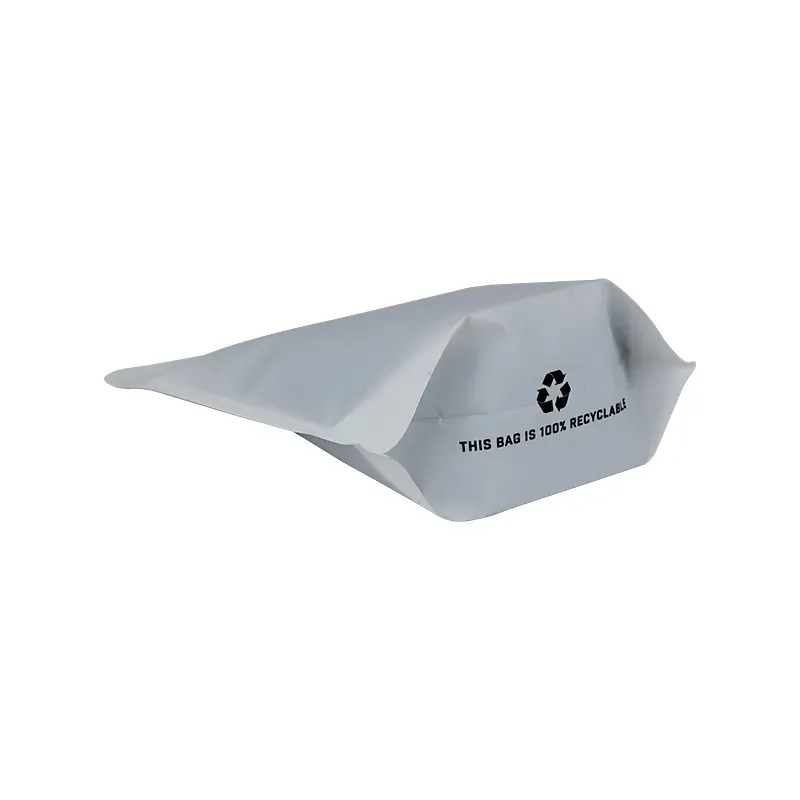- Afrikaans
- Albanian
- Amharic
- Arabic
- Armenian
- Azerbaijani
- Basque
- Belarusian
- Bengali
- Bosnian
- Bulgarian
- Catalan
- Cebuano
- chinese_simplified
- chinese_traditional
- Corsican
- Croatian
- Czech
- Danish
- Dutch
- English
- Esperanto
- Estonian
- Finnish
- French
- Frisian
- Galician
- Georgian
- German
- Greek
- Gujarati
- haitian_creole
- hausa
- hawaiian
- Hebrew
- Hindi
- Miao
- Hungarian
- Icelandic
- igbo
- Indonesian
- irish
- Italian
- Japanese
- Javanese
- Kannada
- kazakh
- Khmer
- Rwandese
- Korean
- Kurdish
- Kyrgyz
- Lao
- Latin
- Latvian
- Lithuanian
- Luxembourgish
- Macedonian
- Malgashi
- Malay
- Malayalam
- Maltese
- Maori
- Marathi
- Mongolian
- Myanmar
- Nepali
- Norwegian
- Norwegian
- Occitan
- Pashto
- Persian
- Polish
- Portuguese
- Punjabi
- Romanian
- Russian
- Samoan
- scottish-gaelic
- Serbian
- Sesotho
- Shona
- Sindhi
- Sinhala
- Slovak
- Slovenian
- Somali
- Spanish
- Sundanese
- Swahili
- Swedish
- Tagalog
- Tajik
- Tamil
- Tatar
- Telugu
- Thai
- Turkish
- Turkmen
- Ukrainian
- Urdu
- Uighur
- Uzbek
- Vietnamese
- Welsh
- Bantu
- Yiddish
- Yoruba
- Zulu
noodle packaging
The Art and Innovation of Noodle Packaging
Noodles, a staple in many cultures around the globe, have evolved from simple kitchen staples to gourmet delights. As the popularity of noodles increases, so does the importance of effective packaging. Noodle packaging plays a crucial role in protecting the product, extending its shelf life, and enhancing its visual appeal. In this article, we will explore the different aspects of noodle packaging, its innovations, and its impact on consumer choice.
One of the primary functions of noodle packaging is to protect the product from external elements. Noodles, whether fresh or dried, are susceptible to moisture, air, and light, all of which can degrade quality over time. Therefore, manufacturers invest in high-quality materials that provide a barrier against these factors. Vacuum sealing, for instance, is a popular method that removes air from the packaging, significantly prolonging the shelf life. Additionally, multi-layer packaging materials are commonly used to enhance durability and prevent contamination.
Furthermore, noodle packaging often aims to convey convenience, which is increasingly becoming a consumer demand
. Ready-to-cook noodle products, particularly instant noodles, have surged in popularity, thanks in part to their functional packaging. Individual serving sizes, easy-to-open pouches, and microwave-friendly containers cater to the fast-paced lifestyle of modern consumers. Packaging innovations, such as resealable bags, not only preserve freshness but also allow consumers to use the product over multiple meals without the hassle of preparing a new batch each time.noodle packaging

Visual appeal is another critical element of noodle packaging. The vibrant colors and attractive designs on the packaging can significantly influence consumer purchasing decisions. Effective branding through eye-catching graphics, clear typography, and informative labeling helps products stand out on the shelves. Many companies also adopt eco-friendly packaging solutions, which appeal to environmentally conscious consumers. Biodegradable or recyclable materials are increasingly being utilized in noodle packaging to reduce environmental impact while maintaining aesthetic value.
The rise of e-commerce has also transformed noodle packaging. As online shopping becomes more prevalent, packaging must be designed to withstand transportation while ensuring that the product remains intact and appealing upon delivery. Companies are now considering how to package noodles not just for retail environments but for shipping as well. Enhanced protective solutions and attractive outer packaging can help maintain product integrity during transit, thereby safeguarding the customer experience.
Moreover, the globalization of food markets has led to a diversification of noodle packaging. Different regions have unique preferences and requirements for packaging based on cultural factors. For instance, Asian markets may prioritize convenience and authenticity in their packaging, while Western markets might lean towards health-conscious labeling and nutritional information. Companies that cater to these varying consumer preferences achieve better market penetration and customer satisfaction.
In conclusion, noodle packaging is an essential aspect of the noodle industry that serves multiple purposes beyond mere containment. It protects the product, enhances convenience, influences consumer choice through visual appeal, and adapts to the changing landscape of e-commerce. As the demand for noodles continues to grow worldwide, so will the innovation and creativity in noodle packaging. Ultimately, thoughtful packaging not only adds value to the product but also creates an engaging and enjoyable consumer experience in the ever-evolving food market. As we advance into the future, one can expect even more breakthroughs in packaging technology that will continue to shape the way we enjoy noodles.













